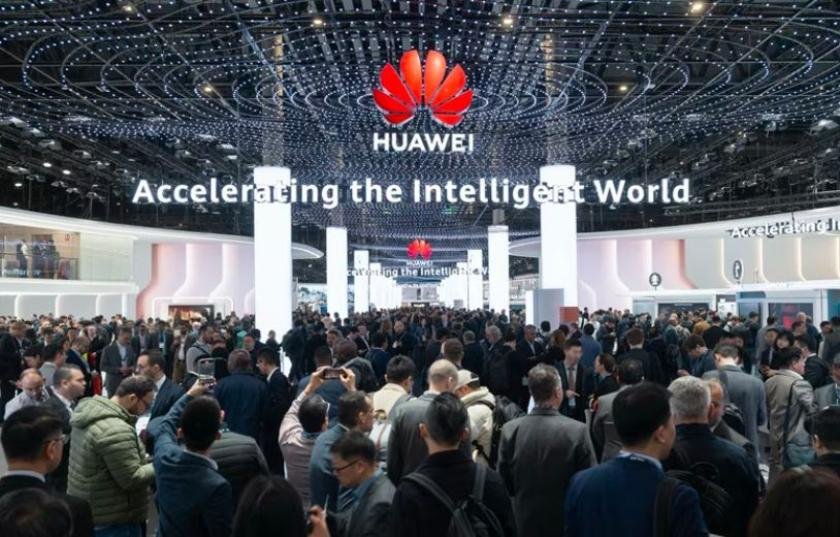Huawei has solidified its position as the global leader in the Radio Access Network (RAN) market, maintaining the top spot in worldwide RAN revenue rankings as of Q1 2025, Dell’Oro Group said today.

Despite a challenging global environment, Huawei’s market share increased in 2024, driven by its dominance in China’s vast mobile network market and gains in emerging markets.
In 2023, Huawei held a 31.3 percent share of the global RAN market, and this share grew in 2024 due to favorable regional dynamics and market share gains in emerging markets. Its strong domestic market presence, where it is the lead supplier to China’s three main telcos, significantly contributes to its global market power.
Huawei’s RAN portfolio includes its SingleRAN technology, which allows operators to support multiple mobile communications standards on a single network, enhancing cost efficiency and network performance. The company has emerged as a standout player in the private wireless market, particularly excelling in wide-area private wireless RAN deployments .
Despite facing U.S. sanctions and export controls, Huawei has continued to grow, with a 22 percent increase in sales last year, reaching 860 billion Chinese yuan (US$118.6 billion) .
Dell’Oro Group today indicated a stabilization in the global Radio Access Network (RAN) market after two years of decline, marking the first growth quarter since Q1 2023. This improvement is primarily attributed to favorable regional dynamics and easier year-over-year comparisons rather than any fundamental shift in market conditions.
North America exhibited robust growth, offsetting continued declines in CALA, China, and MEA, while regions outside North America recorded a fifth consecutive quarter of revenue decline. The revenue rankings among the top RAN suppliers remained unchanged, with Huawei, Ericsson, Nokia, ZTE, and Samsung maintaining their positions globally, and Ericsson and Nokia leading outside of China.
Despite the quarterly stabilization, the broader market remains growth-challenged due to persistent 5G coverage imbalances, sluggish data traffic growth, and ongoing monetization challenges, with the short-term outlook indicating modest growth outside of China.
Baburajan Kizhakedath
